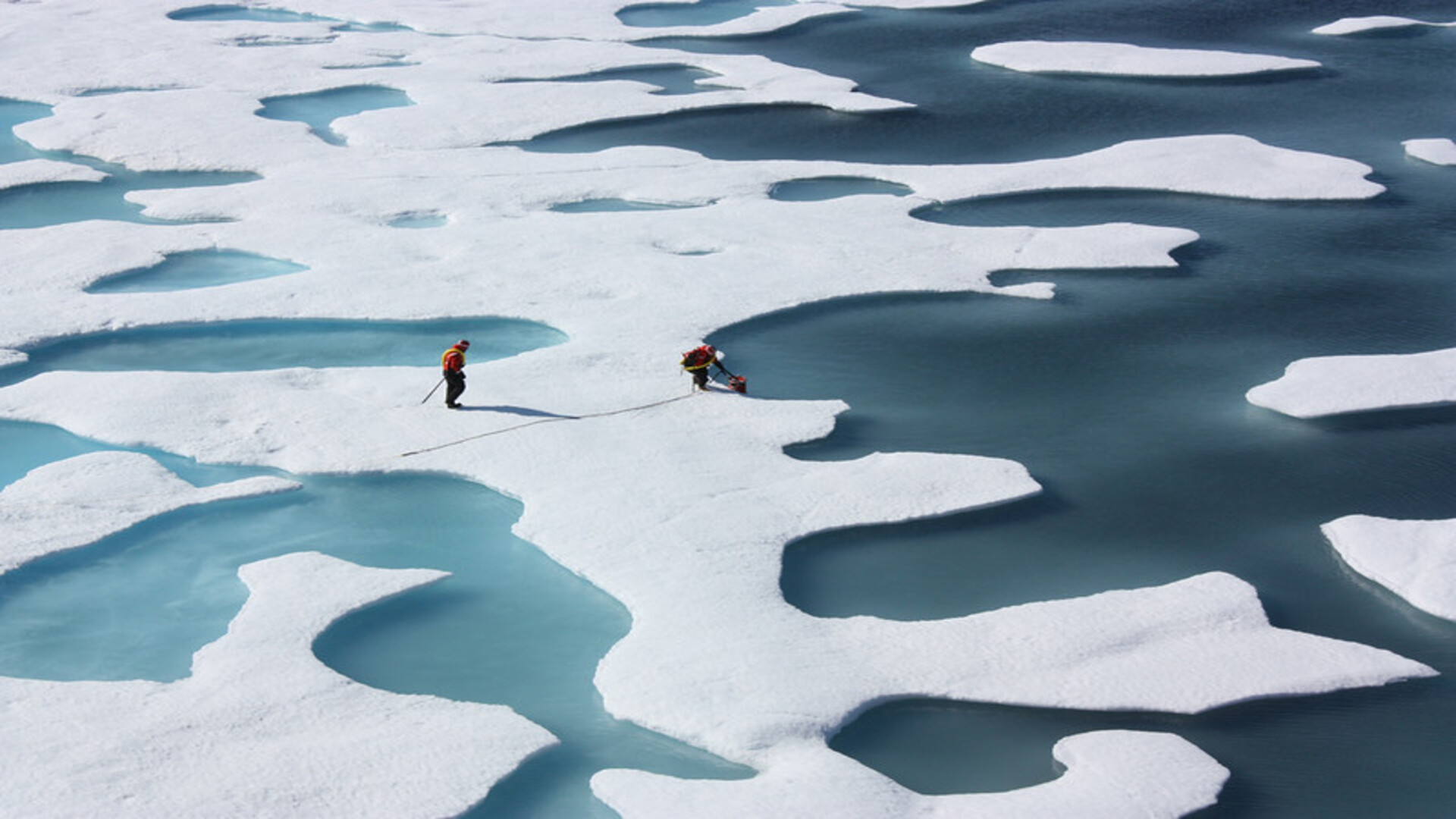German scientists debunk 200-year-old theory on why ice is slippery

Source: interestingengineering
Author: @IntEngineering
Published: 9/5/2025
To read the full content, please visit the original article.
Read original articleGerman scientists from Saarland University have overturned a 200-year-old theory explaining why ice is slippery, challenging the long-held belief that pressure and friction cause ice to melt and create a slippery surface. Led by Professor Martin Müser, the research team demonstrated through advanced computer simulations that molecular dipole interactions—not pressure or friction—are responsible for disrupting the ordered crystal lattice of ice at the contact surface, such as between ice and a shoe sole. These dipole-dipole interactions create a frustrated, unstable structure that leads to the formation of a thin liquid-like layer, making ice slippery.
This new understanding revises the classical explanation dating back to James Thompson, who attributed slipperiness to pressure-induced melting. The findings also debunk the misconception that skiing below –40°C is impossible due to the absence of a lubricating liquid film; the team showed that dipole interactions persist even at extremely low temperatures, allowing a slippery layer to form. Overall, this research fundamentally changes how physicists explain phase changes at
Tags
materialsice-physicsmolecular-dipolesphase-changessurface-sciencecrystal-latticematerial-simulation